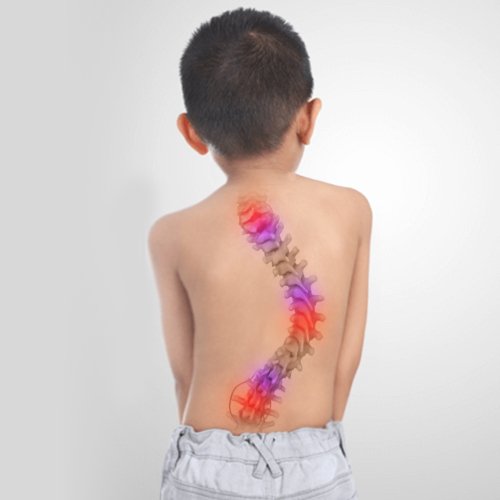Bone Graft Alternatives for Spinal Surgery: Exploring Effective Substitutes
Introduction:
- Bone grafting is a common procedure used in spinal surgery to promote bone healing and fusion.
- However, traditional bone grafting techniques have limitations, leading to the exploration of bone graft alternatives.
- In this article, we will delve into the world of bone graft substitutes for spinal fusion, highlighting their benefits and potential applications.
Understanding Bone Graft Substitutes:
- Bone graft substitutes are synthetic materials or biological agents used as alternatives to autografts (patient’s own bone) or allografts (donor bone).
- These substitutes aim to enhance bone healing, promote fusion, and reduce complications associated with traditional grafting methods.
Types of Bone Graft Substitutes:
1. Ceramic-Based Substitutes:
- Calcium-based ceramics like hydroxyapatite and tricalcium phosphate are commonly used.
- They provide a scaffold for new bone formation and are gradually replaced by the patient’s bone over time.
- Ceramic substitutes are osteoconductive, promoting the migration and attachment of bone-forming cells.
2. Synthetic Polymer-Based Substitutes:
- Synthetic polymers such as polyetheretherketone (PEEK) and polylactic acid (PLA) offer biocompatibility and mechanical stability.
- These substitutes can be designed with porous structures to support bone ingrowth.
- Synthetic polymers also allow for easier customization and shaping to fit specific patient needs.
3. Growth Factors and Bone Morphogenetic Proteins (BMPs):
- BMPs are naturally occurring proteins that induce bone formation.
- They can be combined with carriers, such as collagen or hydroxyapatite, to deliver the growth factors directly to the surgical site.
- BMPs have shown promising results in promoting bone healing and fusion in spinal surgery.
4. Demineralized Bone Matrix (DBM):
- DBM is derived from allograft bone and processed to remove inorganic mineral content.
- It retains the organic matrix, growth factors, and proteins necessary for bone healing.
- DBM acts as an osteoinductive material, stimulating the patient’s cells to differentiate into bone-forming cells.
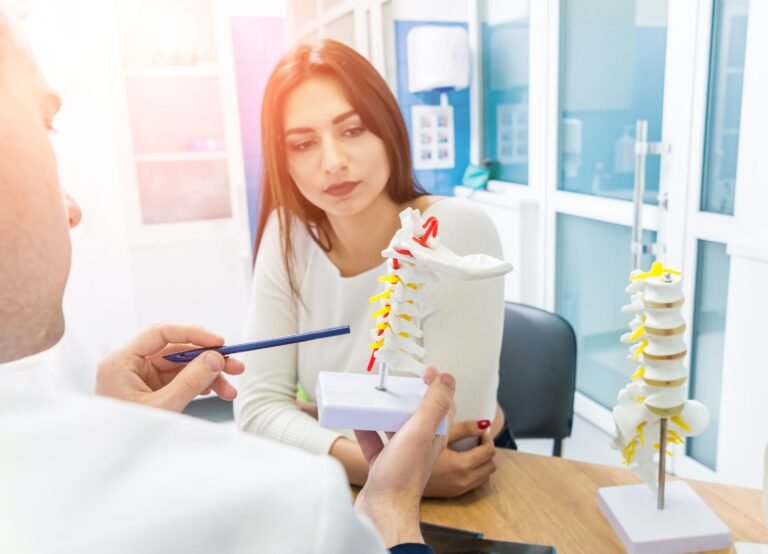
Advantages of Bone Graft Substitutes:
1. Elimination of Donor Site Morbidity:
- Using bone graft substitutes eliminates the need for harvesting bone from the patient’s own body, reducing postoperative pain and complications.
- Donor site morbidity associated with autografts is a major concern, making substitutes an attractive alternative.
2. Enhanced Biocompatibility:
- Bone graft substitutes are designed to be biocompatible, reducing the risk of adverse reactions or rejection.
- The materials used in substitutes are extensively researched and engineered to mimic the natural bone environment.
3. Availability and Standardization:
- Traditional bone grafts may face limitations due to the availability of donor bone.
- Bone graft substitutes offer standardized materials that can be readily available, ensuring consistent quality for surgeons.
4. Reduced Surgical Time and Cost:
- The use of bone graft substitutes can simplify surgical procedures, leading to reduced operative time.
- Fewer surgical steps and decreased hospital stays can contribute to cost savings for patients.
Clinical Applications of Bone Graft Substitutes:
1. Spinal Fusion:
- Bone graft substitutes are widely used in spinal fusion surgeries to promote bone healing and fusion.
- They can be applied in various spinal regions, including cervical, thoracic, and lumbar areas.
2. Trauma and Fracture Repair:
- Bone graft substitutes are also employed in the treatment of fractures and trauma cases.
- They aid in the restoration of bone integrity and facilitate the healing process.
3. Joint Reconstruction:
- In orthopedic surgeries involving joint reconstruction, bone graft substitutes can assist in bone integration and stabilization.
Considerations and Future Developments:
While bone graft substitutes offer significant advantages, several factors should be considered:
- Long-term efficacy and durability of substitutes.
- Appropriate patient selection and evaluation.
- Surgeon expertise and familiarity with the specific substitute.
- Cost-effectiveness compared to traditional grafting methods.
Future developments in bone graft substitutes include:
- Advanced biomaterials with improved properties.
- Personalized 3D-printed implants.
- Targeted drug delivery systems to enhance bone regeneration.
Conclusion:
Looking for a bone graft specialist doctor in Mumbai? Your search ends here! We are proud to introduce you to our renowned bone graft surgeon in Mumbai. With years of expertise and a passion for restoring mobility and improving quality of life, our specialist offers top-notch bone graft treatments in Mumbai. Whether you require bone grafting for dental implants or orthopedic purposes, our skilled surgeon utilizes advanced techniques and state-of-the-art equipment to ensure successful outcomes. Patient care and satisfaction are our top priorities, and we strive to provide personalized treatment plans tailored to your unique needs. Trust our Spinal Fusion specialist Doctor in Mumbai to deliver exceptional results and a seamless healing experience.
If you are in search of the Best Spine Surgeon Mumbai , then look no further than Dr. Priyank Patel. With over 13 years of experience in spinal surgery, he has become one of the most renowned and respected spinal surgeons in the country. He is known for his exceptional surgical skills and patient-centric approach, which has earned him a reputation as one of the most trustworthy and reliable surgeons in the industry. Dr Priyank’s extensive experience in dealing with complex spinal problems has made him a go-to surgeon for patients from across the world. So, if you are looking for a spine surgeon who is not only skilled but also compassionate, then Dr. Priyank is the right choice for you.
Here are some Frequently Asked Questions about ankylosing spondylitis and spine surgery
Bone graft substitutes are synthetic materials or biological agents used as alternatives to autografts or allografts in bone grafting procedures. These substitutes aim to promote bone healing and fusion by providing a scaffold for new bone formation and stimulating the body’s natural healing processes.
A bone graft substitute is a material or substance used in place of traditional bone grafts. It can be a synthetic material, such as ceramics or polymers, or a biological agent, like growth factors or demineralized bone matrix. These substitutes aid in bone healing and fusion by providing a conducive environment for new bone growth.
Bone graft alternatives refer to the various substitutes or materials used in spinal surgery or orthopedic procedures instead of traditional bone grafting methods. These alternatives can include synthetic materials, growth factors, demineralized bone matrix, or other substances that enhance bone healing and fusion.
- Elimination of donor site morbidity: Substitutes remove the need to harvest bone from the patient’s body, reducing pain and complications associated with graft harvesting.
- Enhanced biocompatibility: Substitutes are designed to be compatible with the body, reducing the risk of adverse reactions.
- Availability and standardization: Substitutes offer standardized materials that are readily available, ensuring consistent quality.
- Reduced surgical time and cost: Using substitutes can simplify surgical procedures, leading to reduced operative time and cost savings for patients.
- Lack of long-term efficacy data: Some substitutes may not have long-term studies to assess their durability and effectiveness.
- Infection or inflammation: There is a risk of infection or inflammation associated with any surgical procedure, including the use of substitutes.
- Allergic reactions: Certain individuals may have allergic reactions to specific substitute materials.
- Inadequate bone formation: In some cases, substitutes may not promote sufficient bone growth or fusion, leading to failed outcomes.
he main difference between Bone Graft Alternatives and traditional bone grafting lies in the source of the graft material. Traditional bone grafting uses autografts (the patient’s own bone) or allografts (donor bone), which are harvested and transplanted into the surgical site. On the other hand, Bone Graft Alternatives utilize synthetic materials or biological agents to stimulate bone healing and fusion. This eliminates the need for graft harvesting, reducing donor site morbidity and offering standardized materials with potential cost savings.
Patient Information
Conditions
Treatments
Preventive Care
Our Approach
At The We are spine we offer the most advanced and
effective bespoke treatment packages to suit your needs

Assessment
For effective pain treatment, it is imperative to diagnose the underlying condition.
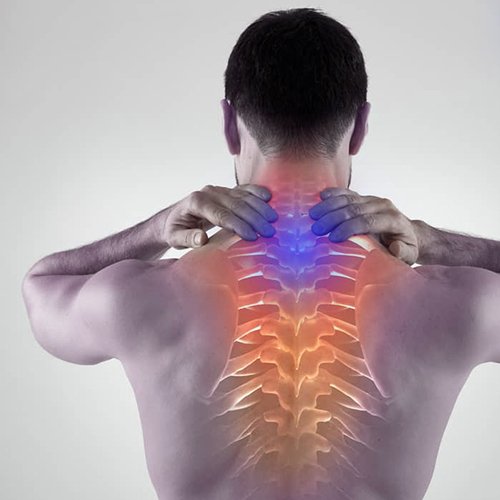
Surgery
We advise surgical intervention only when the risk of surgery is far lower than the risk of leaving…
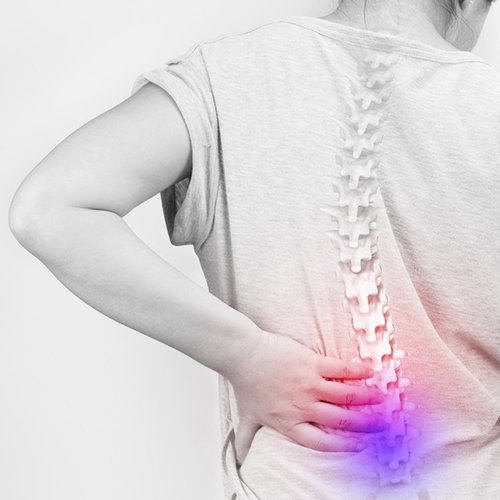
Rehab
We guide individuals on how to prevent first or recurrent back pain by suggesting lifestyle…
About Dr. Priyank Patel
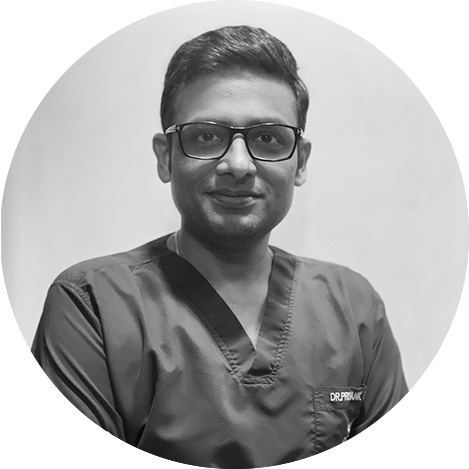
Dr. Priyank M Patel, specialises in the surgical and non-surgical management of spine related disorders with sub specialty in spine tumours. He was credited with being one of the youngest independent surgical consultants in India to have been empanelled in a leading tertiary hospital in Mumbai.
Dr. Priyank Patel with over 13 years of experience in spinal surgery, he has become one of the most renowned and respected spinal surgeons in the country. He is known for his exceptional surgical skills and patient-centric approach, which has earned him a reputation as one of the most trustworthy and reliable surgeons in the industry. Dr Priyank’s extensive experience in dealing with complex spinal problems has made him a go-to surgeon for patients from across the world. So, if you are looking for a spine surgeon who is not only skilled but also compassionate, then Dr. Priyank is the right choice for you.
Patients’ Testimonials
Trustindex verifies that the original source of the review is Google. एक Doctor के रूप मे ईश्वर का वरदान हें dr. Bhojraj आपको spine से सम्बंधित किसी भी समस्या के लिये निश्चित ही bhojraj sir से सम्पर्क कर लेना चाहिए । मेरी सर्जरी भी मार्च 2010 में Lilawati hospital Mumbai में उन्हीं के द्वारा अत्यंत सफलतापूर्वक की गई थी, बहुत सरल,शांत व अपने कार्य को समर्पित व्यक्ति हें dr.Bhojraj sirTrustindex verifies that the original source of the review is Google. One of the finest surgeons in India.His patience, knowledge and demeanor stills confidence. He saved me from an imminent surgery advised by another doctor. Dr Bhojraj looks at a patient and assesses the situation instead of blindly relying on reports. He cured me naturally with extreme patience and care.Hats off to him.A great boon to medical worldTrustindex verifies that the original source of the review is Google. My best 💯 Doctor dr shekhar bhojraj Jai hind sir Aapka dannewaad aap ne mujhe naya Jivan diye thanks🙏🙏🙏🙏🙏Trustindex verifies that the original source of the review is Google. The BEST....Life saviour for us
